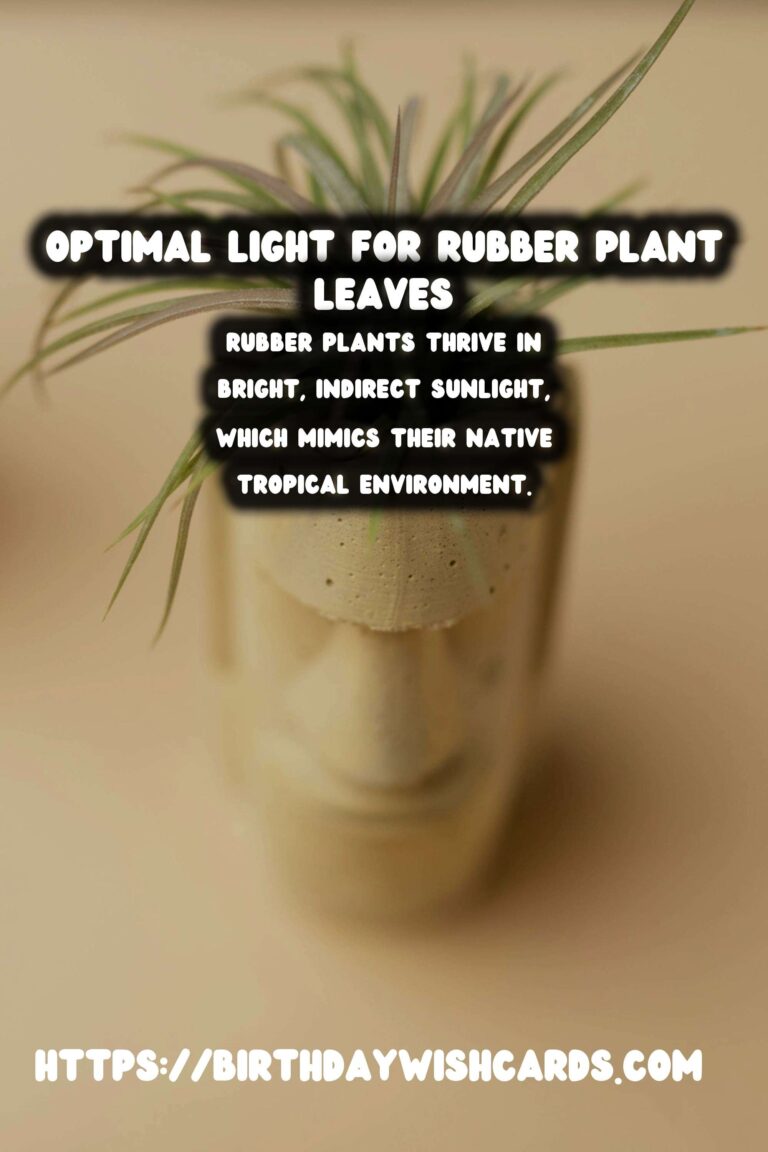
Rubber plants, also known as Ficus elastica, are popular houseplants known for their striking dark green leaves and ease of care. However, achieving the perfect balance of light is crucial to maintaining their vibrant leaf color and overall health. In this article, we will explore the best practices for providing light to rubber plants, ensuring their darker leaves remain lush and healthy.
Understanding the Light Needs of Rubber Plants
Rubber plants thrive in bright, indirect sunlight, which mimics the dappled sunlight they receive in their native tropical environments. Direct sunlight can scorch their leaves, while too little light can cause them to become leggy and lose their vibrant color. The goal is to find a spot where your plant receives ample indirect light throughout the day.
Best Locations for Rubber Plants
Choosing the right location for your rubber plant is essential. Ideally, place your plant near a window with filtered light. East-facing windows are ideal as they provide bright morning light without the intensity of the afternoon sun. South or west-facing windows can work as well, but you may need to diffuse the light with curtains or blinds to prevent leaf burn.
Signs Your Rubber Plant Needs More Light
If your rubber plant is not receiving enough light, you may notice several signs. The leaves may become smaller, and the plant may grow slowly. Additionally, the vibrant dark green color may fade, and the plant could become leggy, stretching towards the light source. If you notice these signs, consider relocating your plant to a spot with more light.
Preventing Light-Related Issues
To prevent issues related to light exposure, regularly rotate your rubber plant. This ensures all sides of the plant receive equal light and prevents uneven growth. Additionally, clean the leaves with a damp cloth to remove dust, which can block light absorption.
Supplementing with Artificial Light
In situations where natural light is insufficient, you can supplement with artificial light. Full-spectrum LED grow lights are an excellent choice as they mimic natural sunlight. Position the light about 12 inches above the plant and provide 12-16 hours of light per day to support healthy growth.
Conclusion
Proper lighting is essential for maintaining the health and beauty of your rubber plant’s dark leaves. By understanding their light needs and making necessary adjustments, you can ensure your plant thrives. Monitor your plant’s growth and make changes as needed to maintain that lush, vibrant appearance.
Rubber plants thrive in bright, indirect sunlight, which mimics their native tropical environment. East-facing windows are ideal for rubber plants as they provide bright morning light. If your rubber plant is not receiving enough light, its leaves may become smaller and lose their vibrant color. Rotating your rubber plant regularly ensures even light exposure and prevents uneven growth. Full-spectrum LED grow lights can supplement natural light for rubber plants in low-light conditions. 
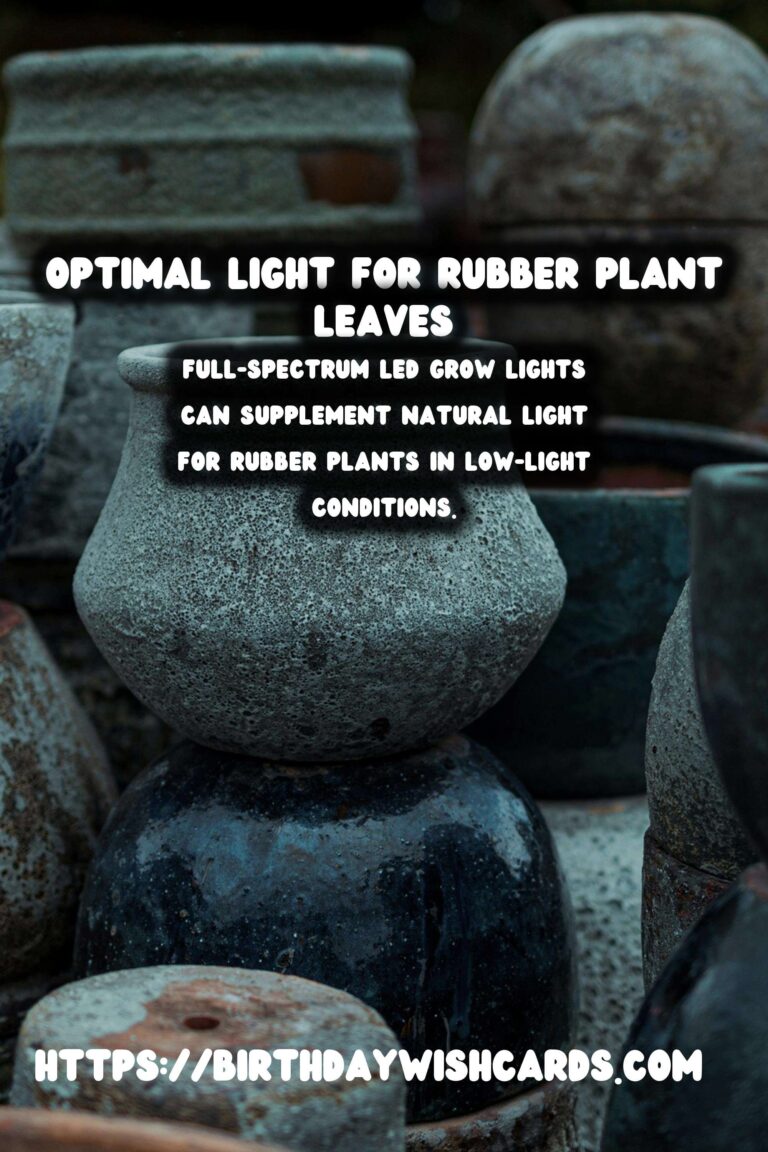
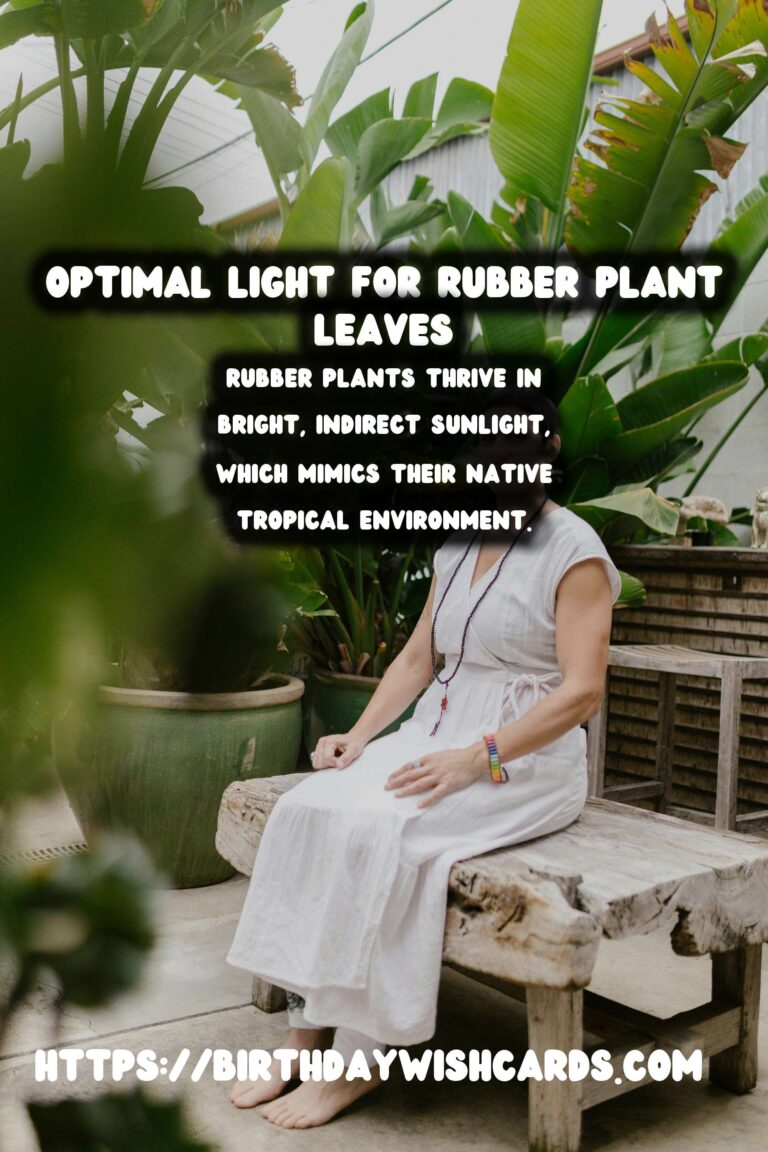
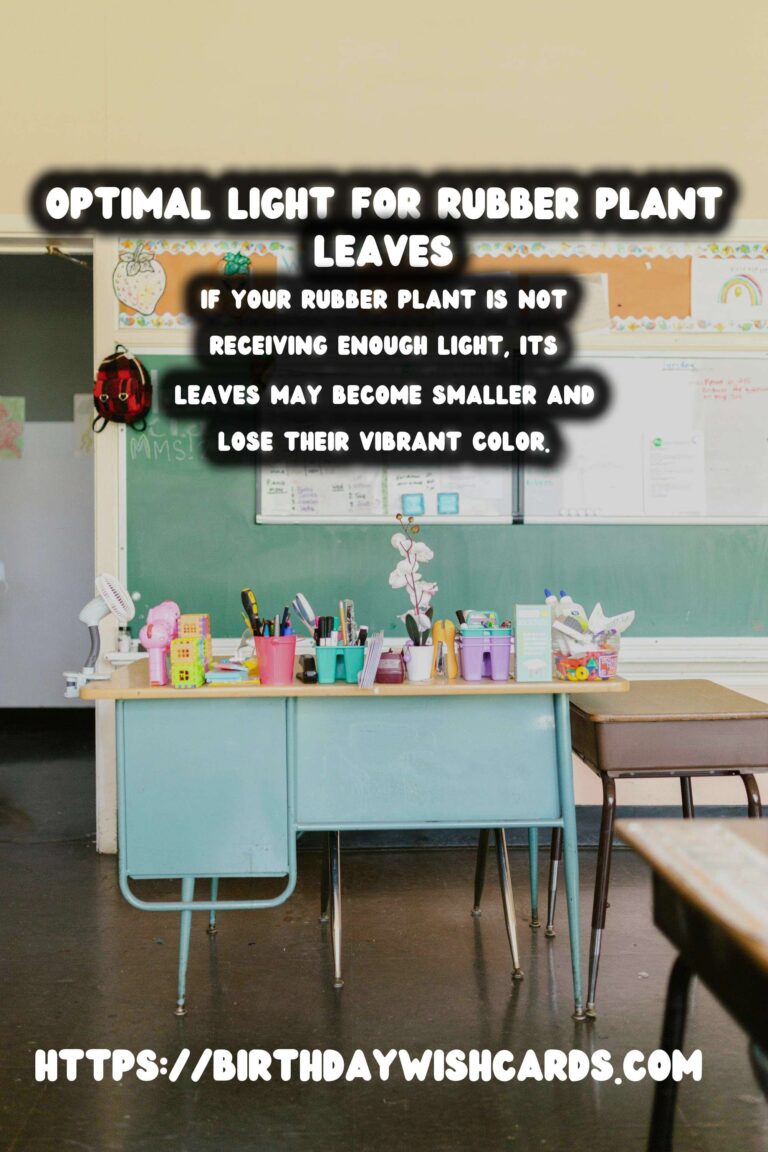
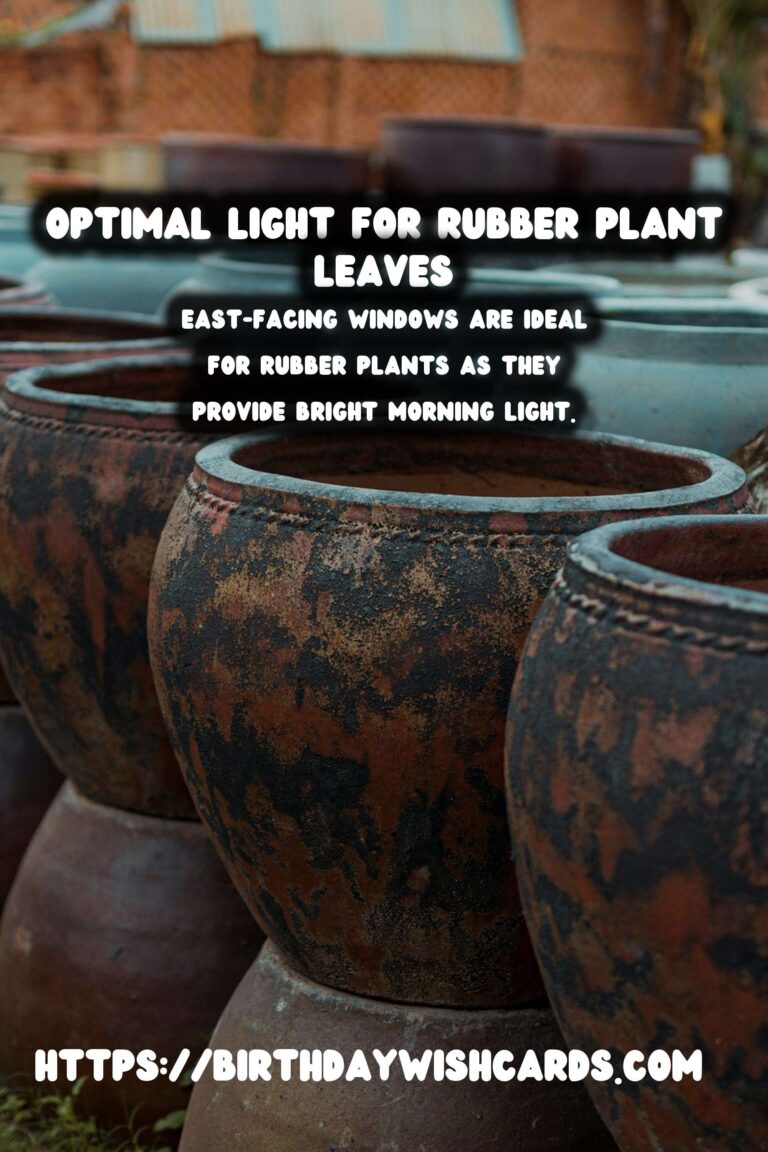
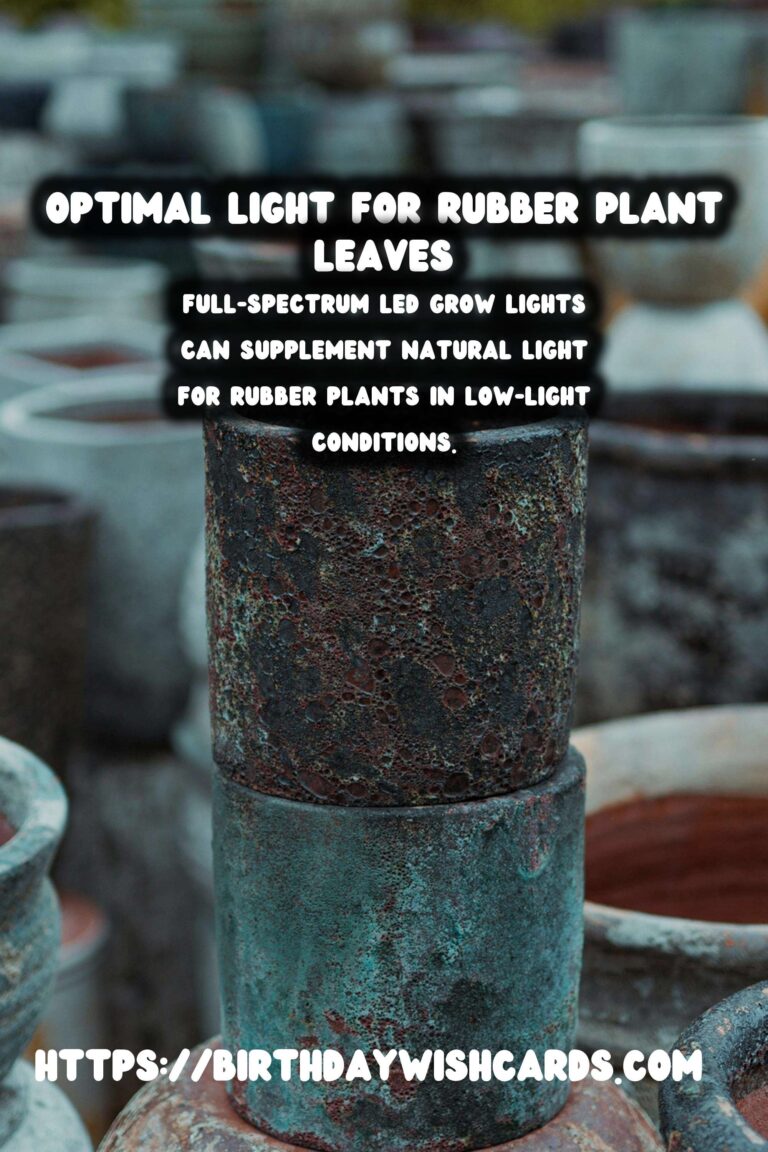
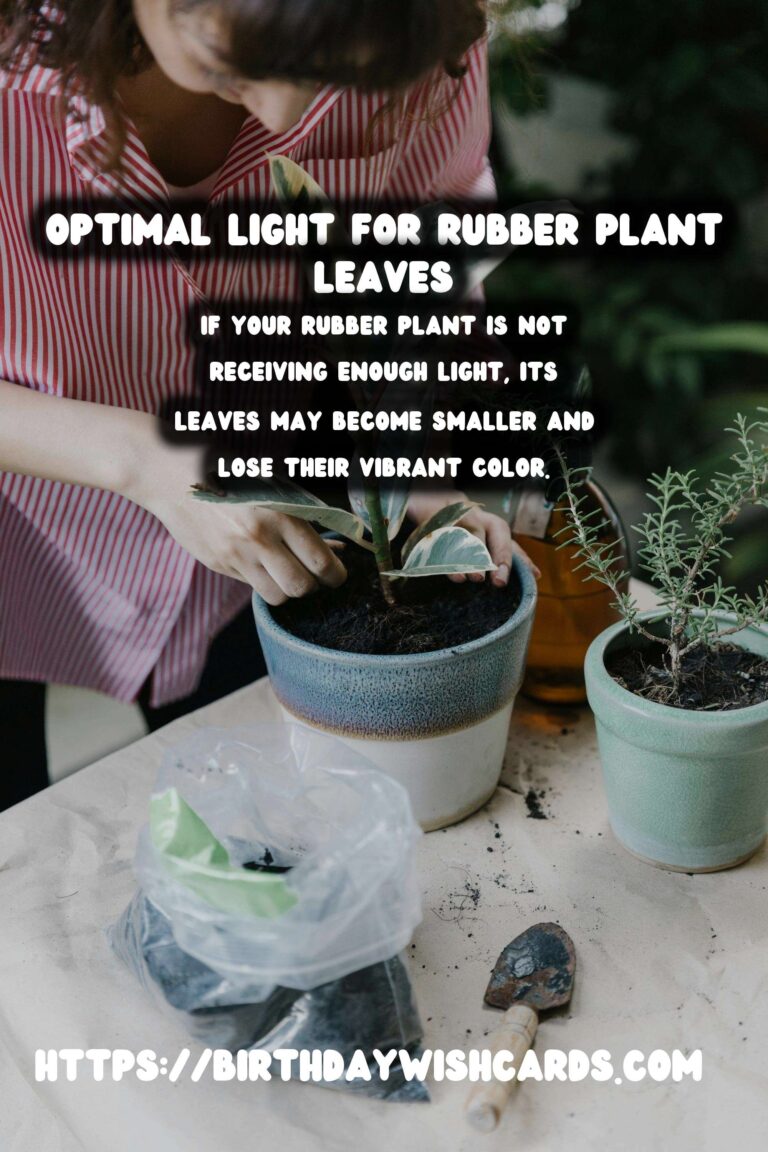
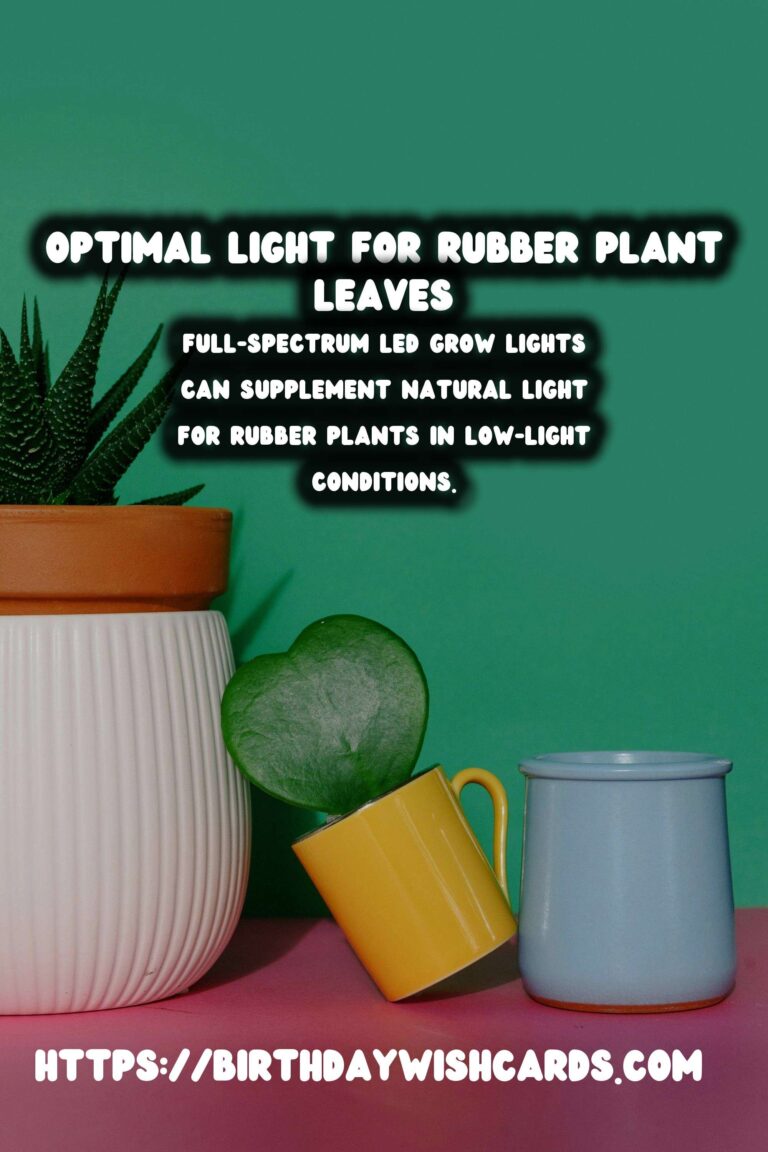
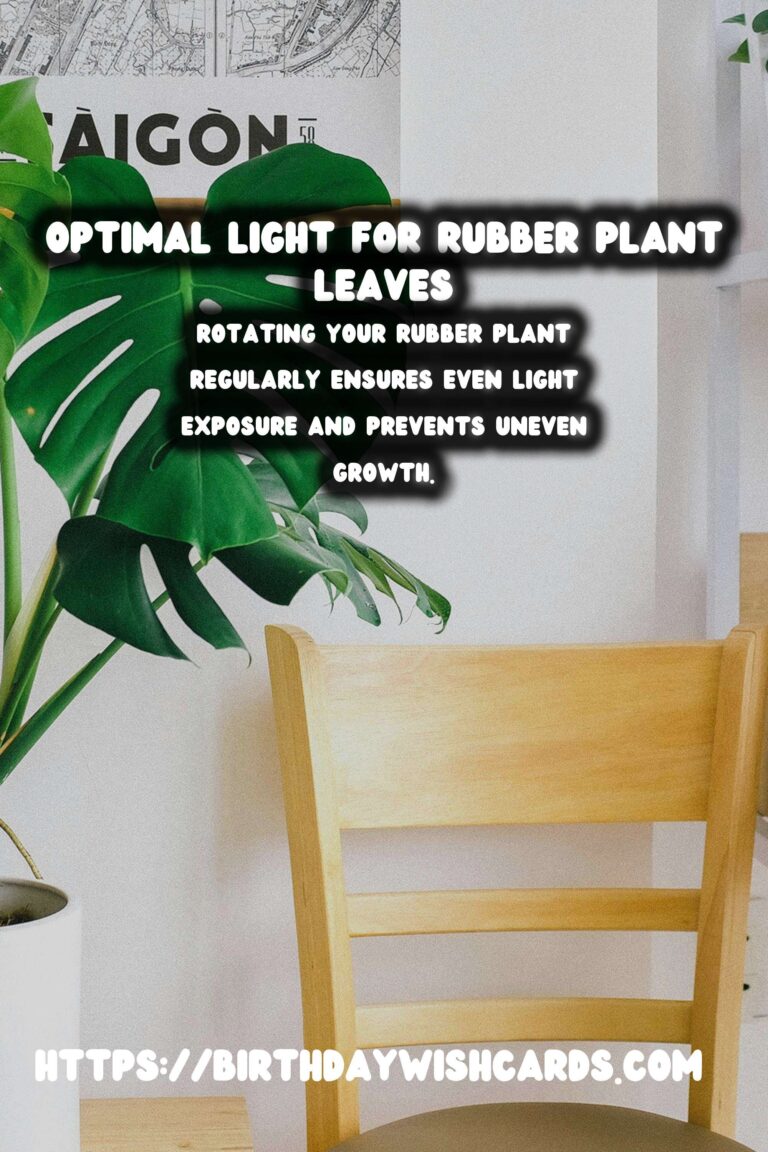
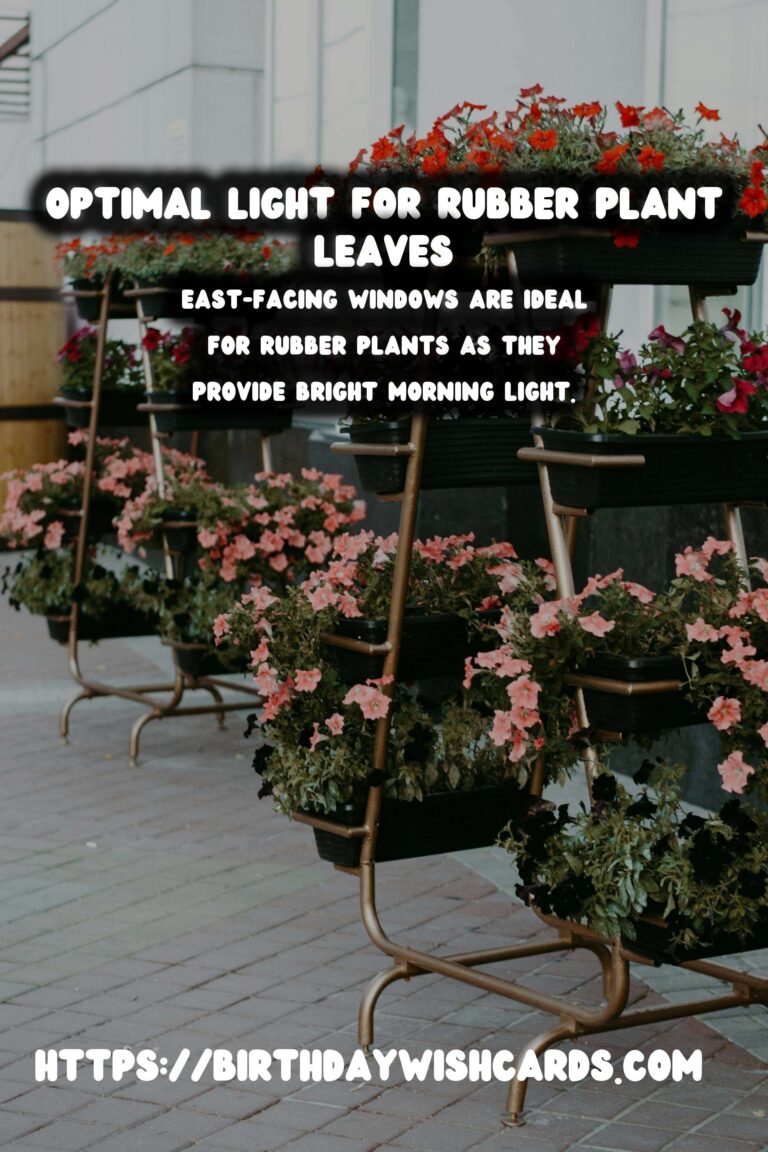
#RubberPlants #IndoorPlants #PlantCare #Houseplants #FicusElastica




